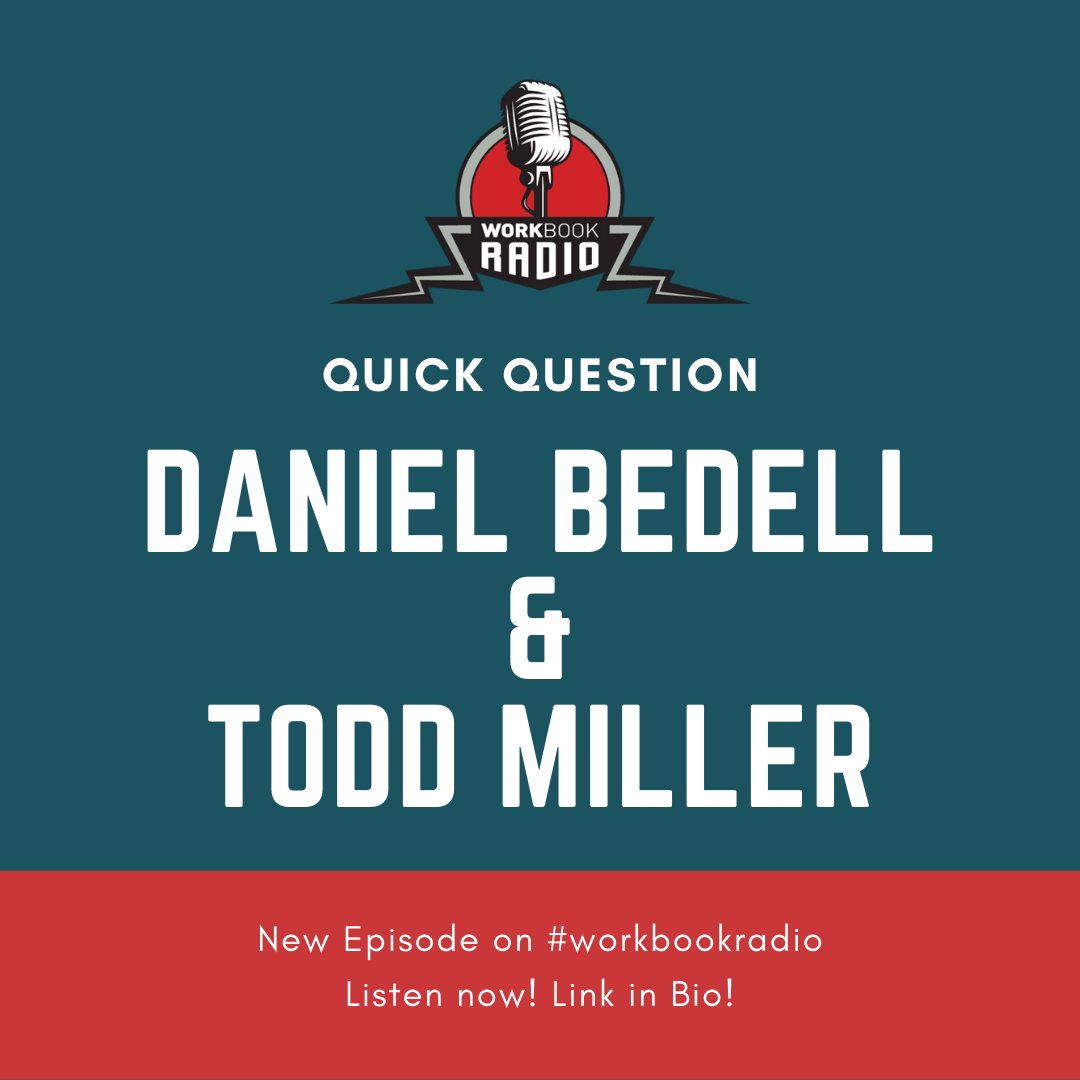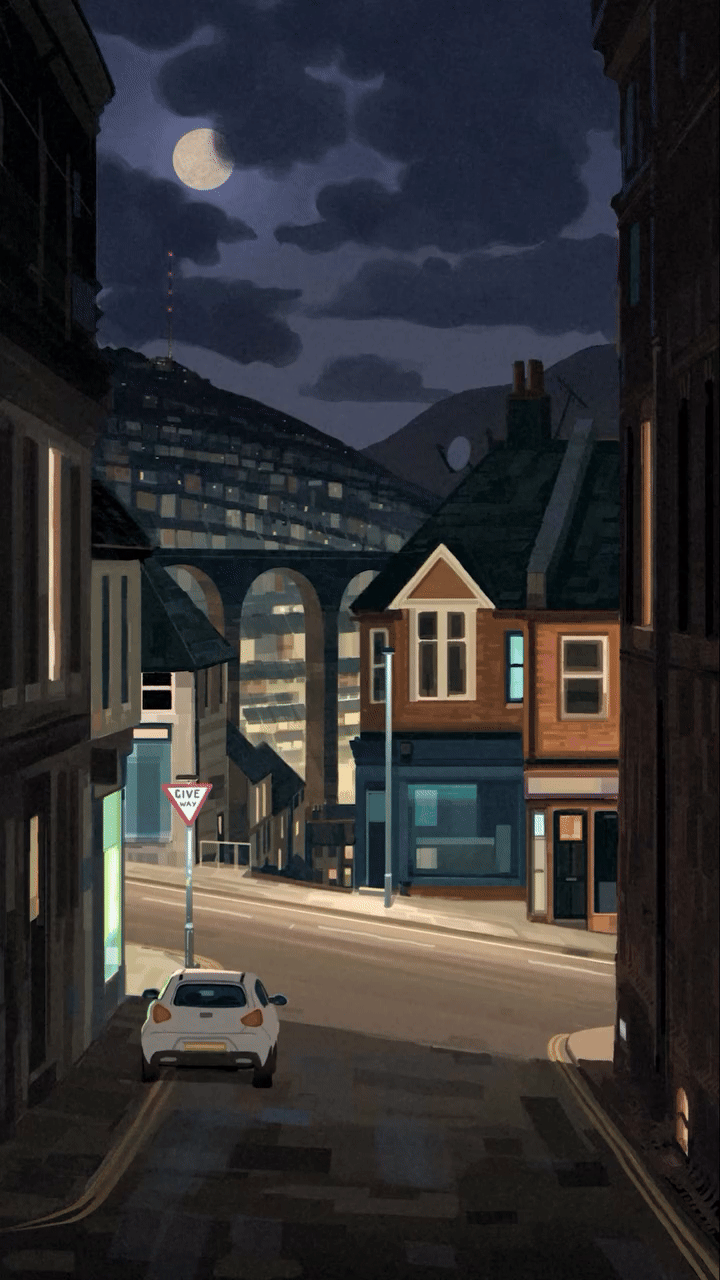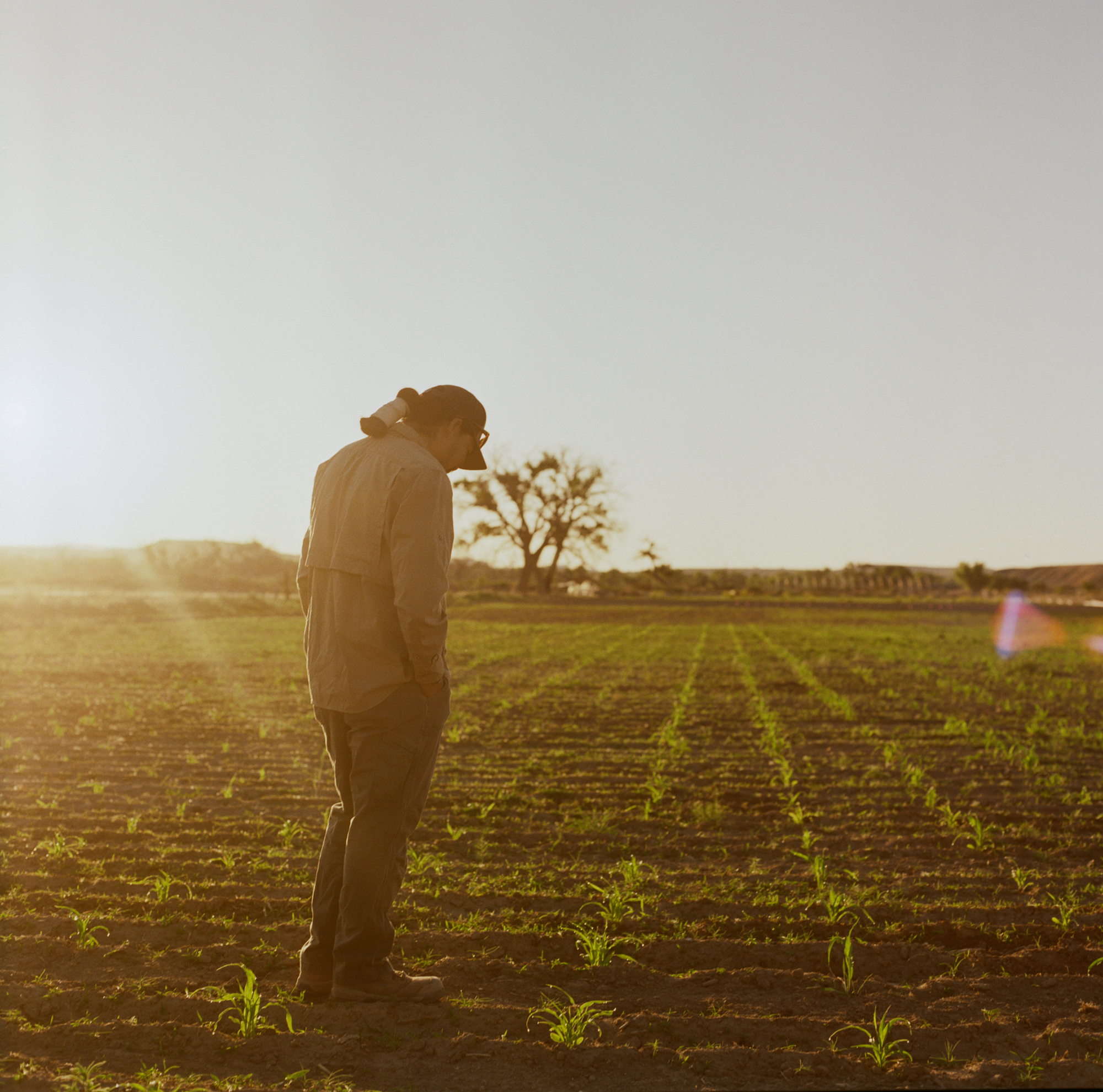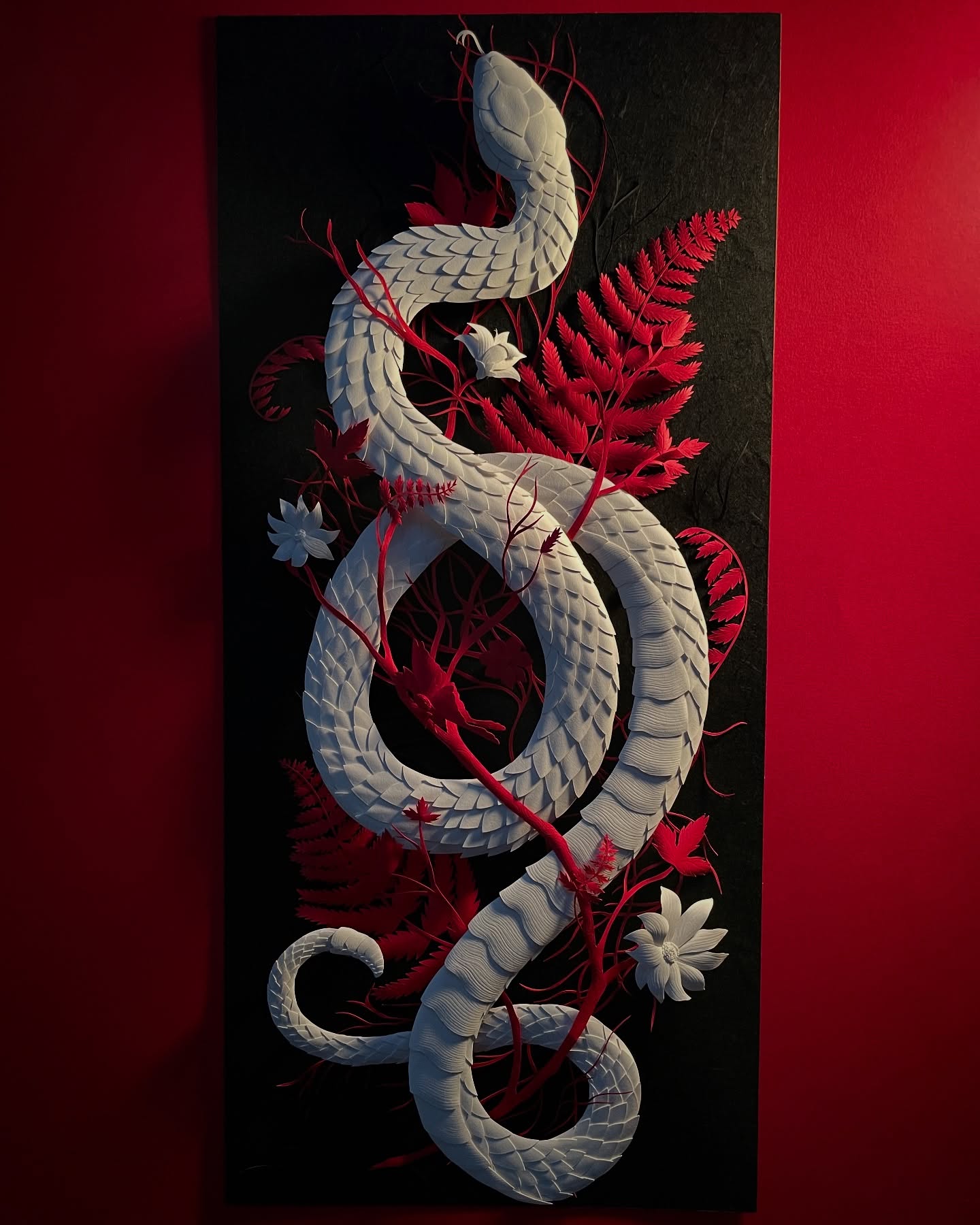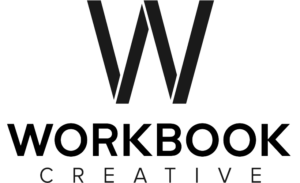Photographer and podcast host Daniel Bedell is back with Workbook Radio, this time taking on a special segment titled Quick Question, where he gets a chance to ask creative buyers a quick question. On this first episode, Daniel Bedell talks to Chief Creative Director of THE COOLER, Todd Miller. Find out how artists catch Todd’s eye, how to get rehired, and artist promo advice.
DB: “What sticks out to you about a creative? What makes them stand out? And I guess it is interesting to me. [Does it] tend to be an equal split that you’re looking for good work and people you like? Or is work by far always the dominant? How do you figure out that equation?”
TM: “I think work is probably the first step. I think whether it be you’re looking at a photographer or looking at a director, looking at even hiring an art director or writer, clearly the first step is work. And that doesn’t necessarily mean somebody who has been doing it for ten years and has a deep portfolio; it can be a student as well, who just is showing really great thinking. And I think it’s a combination of smart solutions to problems because I think all what I’m looking for in creatives, in directors, in photographers, in any vendors, is the capacity for problem solving. I mean, if that can be illustrated to me in work where you see things, in a photograph, in a commercial, in an illustration, any of these things, where someone saw things differently and solved a problem in a new way, that is what will catch my eye. I mean, that’s the kind of disruption that stops me.
“Then obviously the next step after that, because that is kind of the entre, kind of the calling card, and then after that it might be with a creative whom I might be hiring, it’s a phone call with a vendor, an illustrator, a director, a photographer, it would also be a phone call or a meeting. What I’m looking for there is obviously collaboration, the fact it’s someone who you want to spend time with, you’re excited about being with, who will add to the party, so to speak…or will elevate the ideas you think you’re pursuing or any ideas you have. And also curiosity. I think being curious leads to the fact people grow, and curiosity is to me hugely important for any kind of creative pursuit. It’s always looking for what’s next. It doesn’t necessarily need to be technologically next, but it has to be, ‘What’s the next idea? What’s the next strategy? What’s the next way of solving something?’ Where people are just like, ‘Whoa.’ You want that thing where you’re say, ‘I wish I did that.’ It’s kind of the ultimate compliment when you see a photograph or see a director say, ‘Wow, that’s something I wish I would have done. I want to find out what was the thinking behind that.’ Those are the kind of people you want to surround yourself with.”
DB: “That [answer] makes me think of this question a lot of creatives are asking themselves when they show work: ‘Do I show something that kind of spot on nails what this client does, or do I show something that is maybe kind of out of left field but can kind of be this new spin on things?'”
TM: “I actually remember I was working on Michelin, and they hired a…I don’t remember what role, some marketing role, a new client that we had. And some of the questions were, ‘Oh, has he ever worked on tires anymore [sic]; has he worked on automotive anymore [sic]?’ And I remember the person who hired him, who was one of our clients, said, ‘I don’t give a crap if he knows about rubber. What I give a crap is that he’s smart, curious, strategic, and a good thinker.’ So to me, I think if you go back into the olden days of car [advertising], there were car shooters, there were car directors, and that changed as we went more into storytelling and more problem solving as well. So I think it might be based on the client.
“For example, if the job you’re talking about is shooting a bottle of baby oil on a white cyc [sic], I think there are ways to demonstrate you know tabletop and all that lighting and stuff. But I think for me, a lot of it is more showing that someone is going to bring something more to the party, something more unexpected, but still is a strategic solution. I think when I look at reels, definitely what will stop and make me disrupt, is something unexpected. But I will say if I choose to stop and look at someone, at their work, I go deeper to see that they also know the basics. That if I need the basics, they have it.”
DB: “So you’ve hired someone, you’ve worked with them. What leads you to rehire people? Or in some cases, not rehire people? And let’s say that’s not based on it going horribly. It’s not based on complete failure. They did a solid job for you, but what are the things that go into saying, ‘I definitely want to work with that person again?'”
TM: “You’re hiring them to ‘plus’ whatever you’re seeking out…a commercial, for example. But you want to feel you can have conversations and solve problems together. And the director might be right, and you know something, you might be right. And having a creative or a director who doesn’t have an ego too big to say, ‘Wait, maybe that’s right;’ a creative or an art director should be able to say, ‘No, that’s right.’ But I think it’s collaboration and conversation and curiosity, the same things. You’re not just a viewer, you’re active in it, and that’s really exciting for a creative, and you want to be with the photographer or director who feels the same way.”
DB: “Okay, one nitty-gritty question. What is the best way for creatives to get work in front of you initially?”
TM: “Oddly enough, there are certain not-in-envelope, but postcards, that if they have something or some idea or something that immediately gets me to pull it out, those to me [are] the things I save. I don’t know if it’s good advice for photographers. I mean, when I’m looking for something or a director, a director obviously I go to the MJZs, the Radical Medias, the Anonymous Contents, I look at the directors they have; I look at reels I like, or think of a commercial I liked; who did that.
“With photographers, if I’m thinking of something, I might go to Workbook or look online or all that stuff. But emails I don’t hold onto. I think emails are relying on that I’ll be thinking of something at that moment. Whereas I think a postcard, which is very old school…and not a postcard in an envelope, actually a postcard or some kind of thing which is right there when it gets put on my desk by the mailroom, I see something like, ‘Yo, I’m going to pin this up on my wall.’ Then when the opportunity comes that thing’ll be on my wall. Whereas an email is transient. It is gone. You know, I probably get 200 emails a day. And I have to go through them to make sure which are the ones I have to respond to! Whereas I get a few mailings. But that’s what I’m saying. Don’t put it in an envelope. Don’t make me go through it-“
DB: “Don’t have it under a bush or a basket. Just have it out there.”
TM: “Right. Exactly. Because if I see something and I go, ‘Wow. what is this?’ I’m going to pin it up and who knows? Two weeks or two years, I’m going to think, ‘That was the thing,’ and it’s going to be sitting right there right in front of me when the opportunity comes. I mean, that’s a tenant of advertising anyway: you want to create a brand. If somebody’s not ready to buy a car, they’re not going to say, ‘Oh, wow. That thing’s 199 dollars; I’m gonna go buy it.’ They’re not ready to buy a car but if you say, ‘Oh Honda this, Honda that,’ when they do decide, then they’re going to have Honda on their mind. It’s the same kind of thing, ya know? Relying on hitting them at the right time, especially with photography, it’s not like you’re sending out an email to say, ‘Oh, it’s time to get a credit card,’ because you can convince someone [to think] ‘Oh yeah, now it’s time to get a credit card.’ But [a buyer’s not thinking], ‘Oh, that’s great! I’m going to do a project because I got that email.’ So that is why having something less temporary, having something more permanent like a card I can pin up, something like, ‘Wow. I would frame that myself anyway.’”
Listen to the full episode below!
To see more of Daniel’s work, click here.
To listen to more of Workbook Radio, click here.
